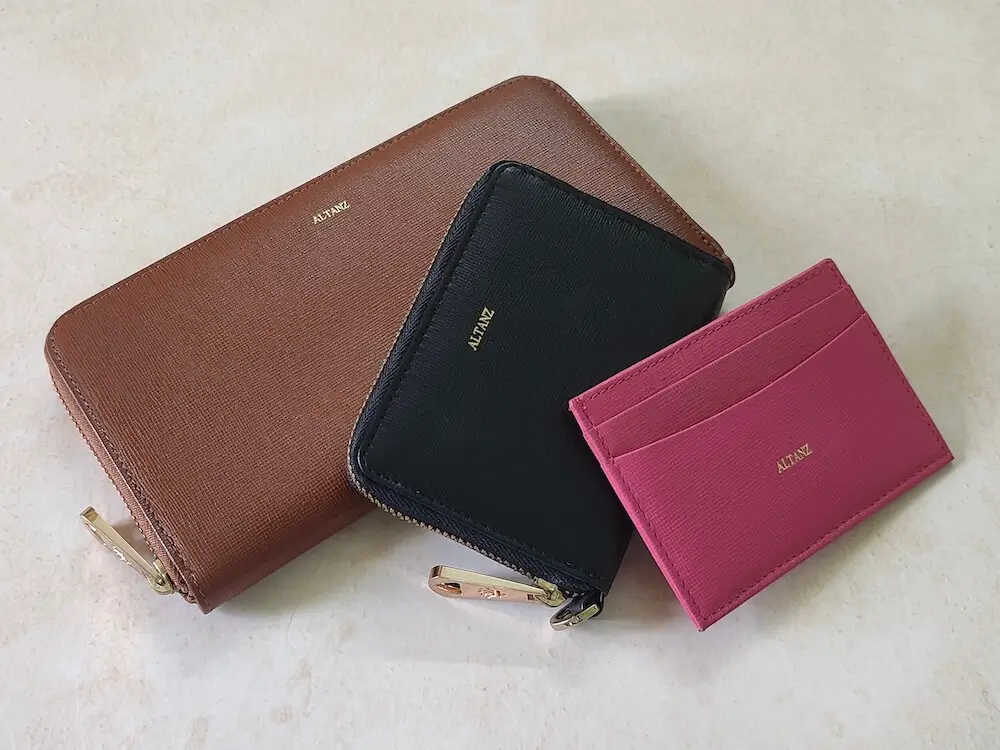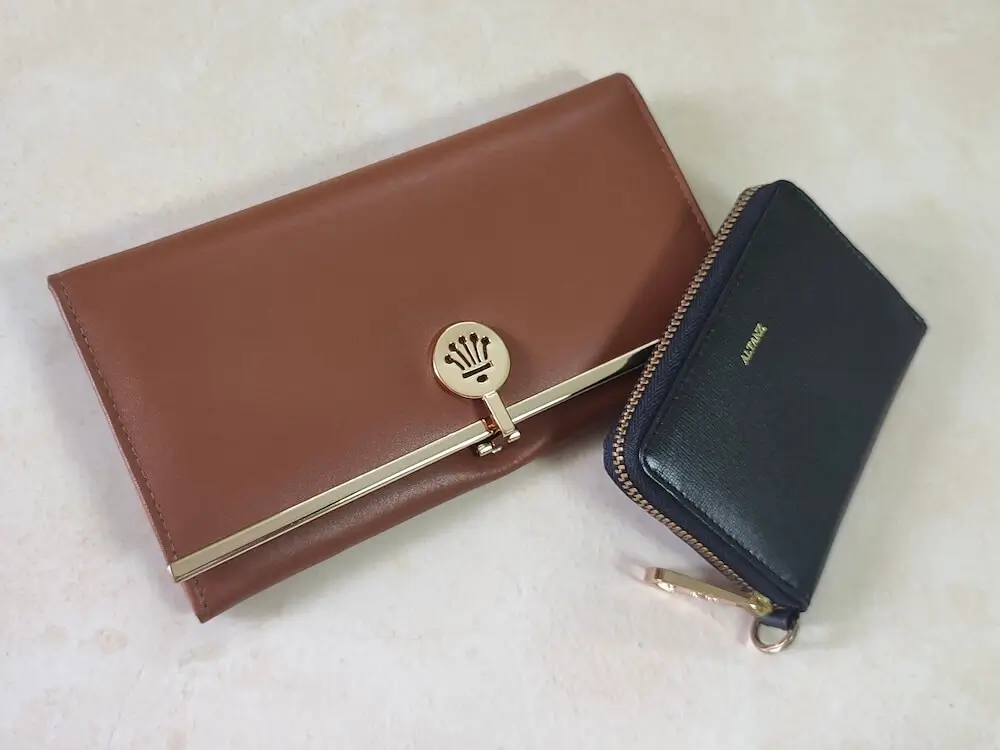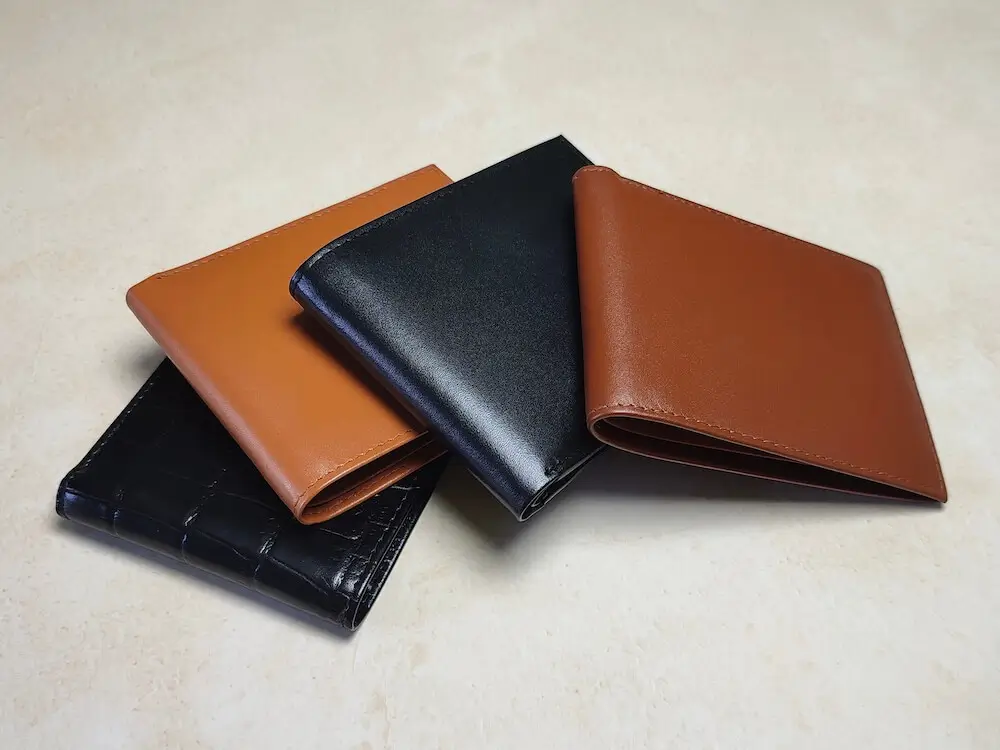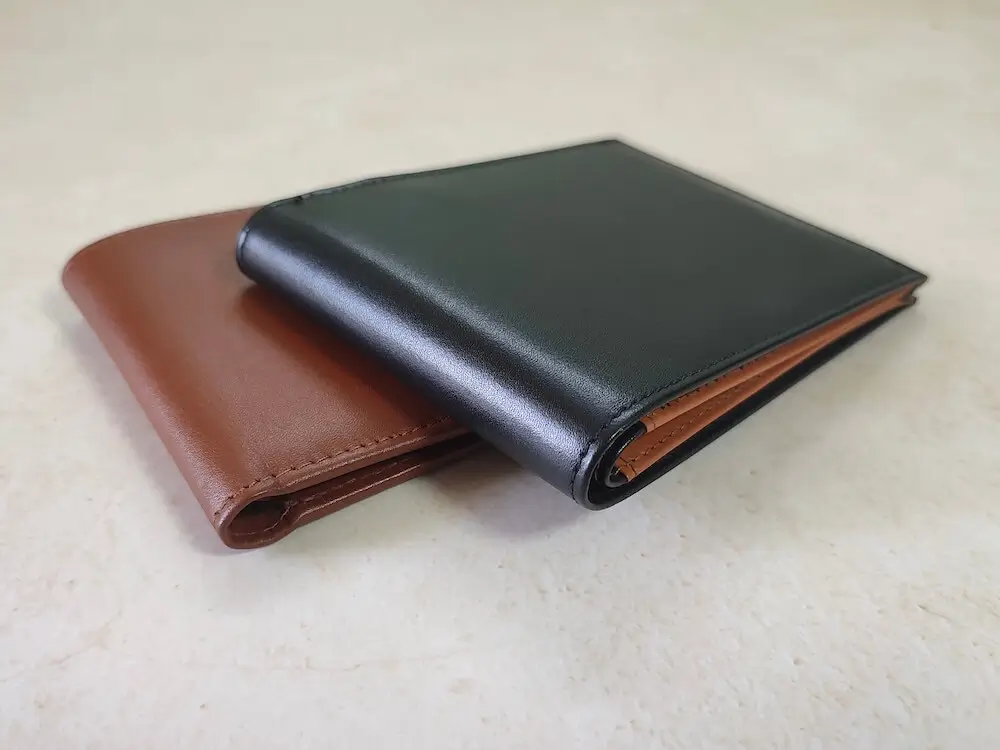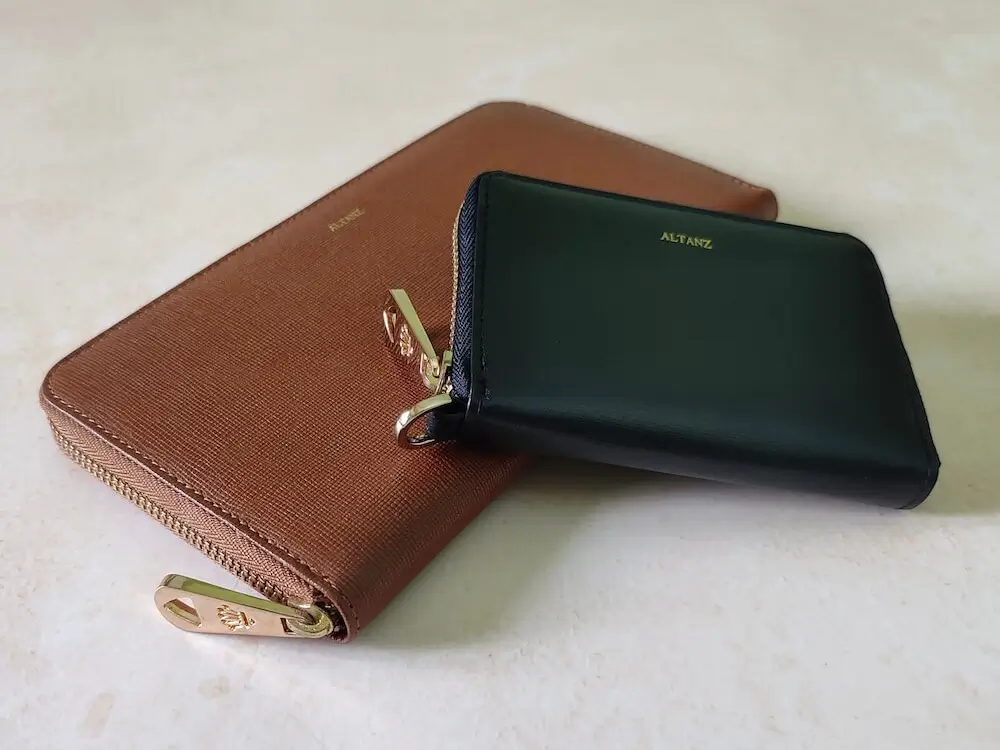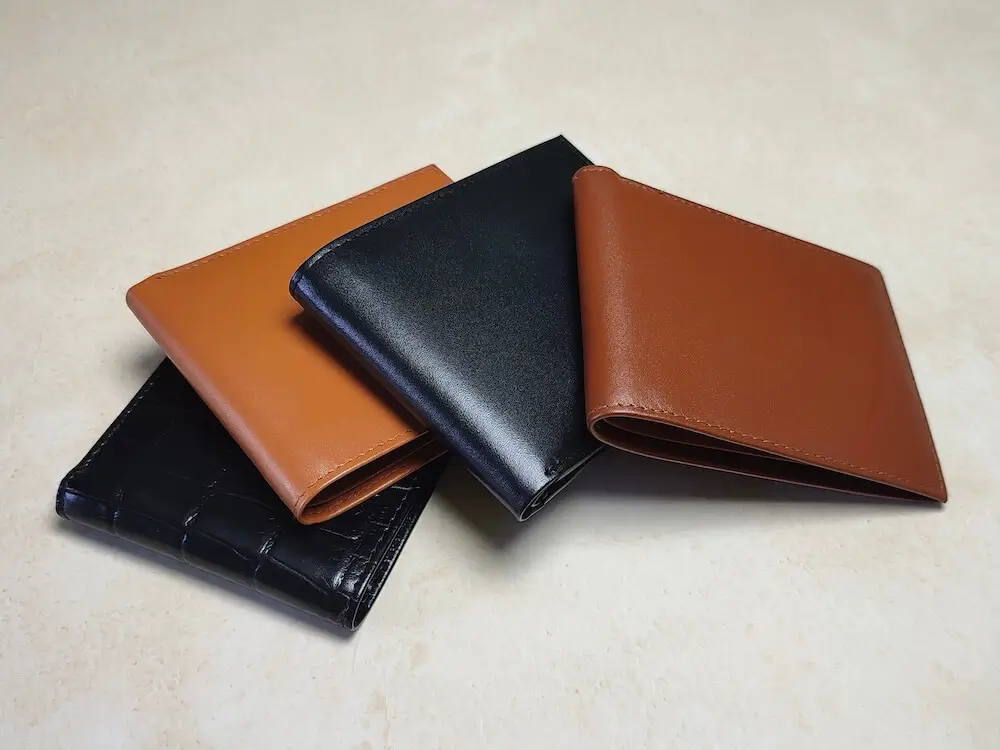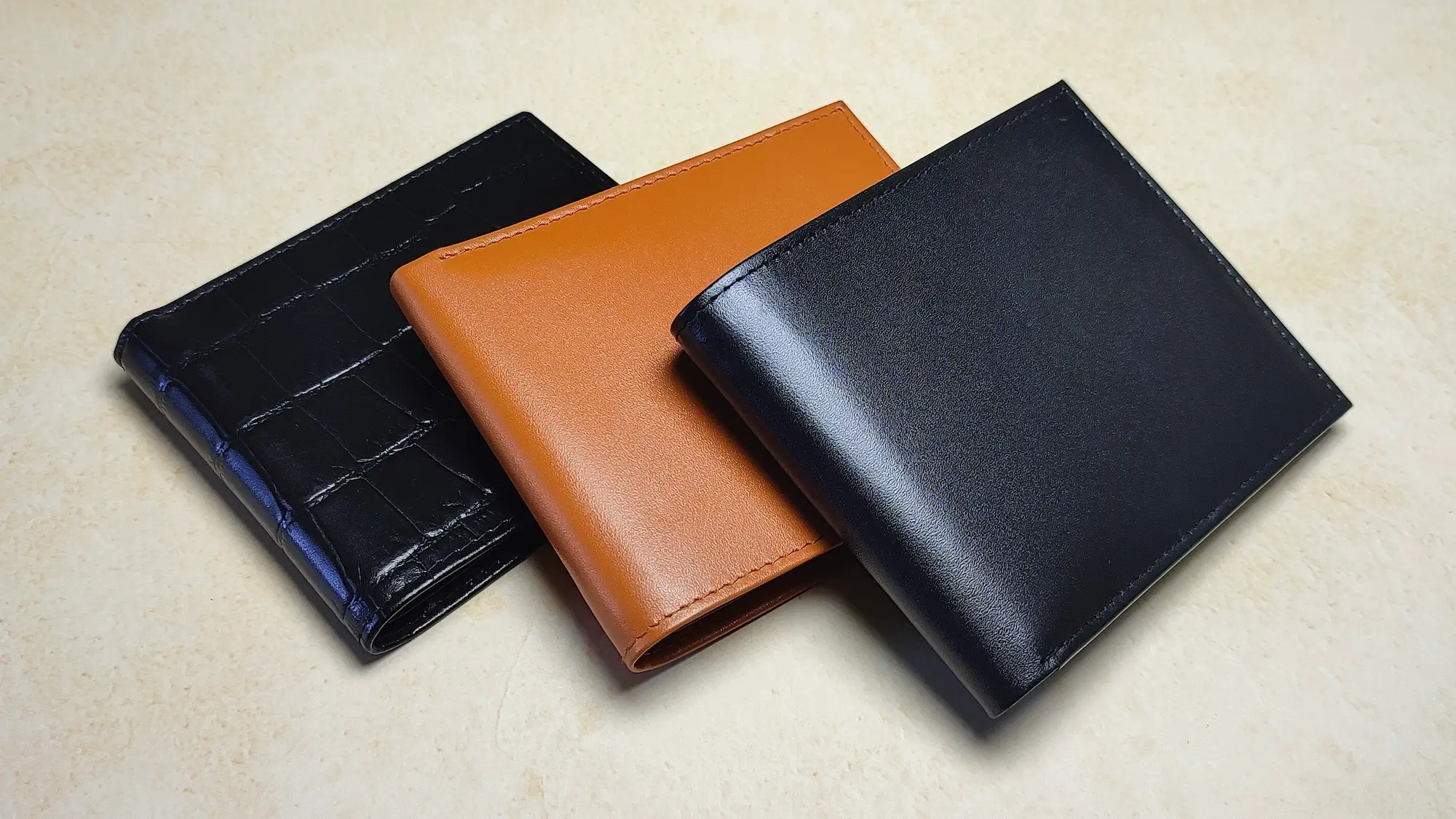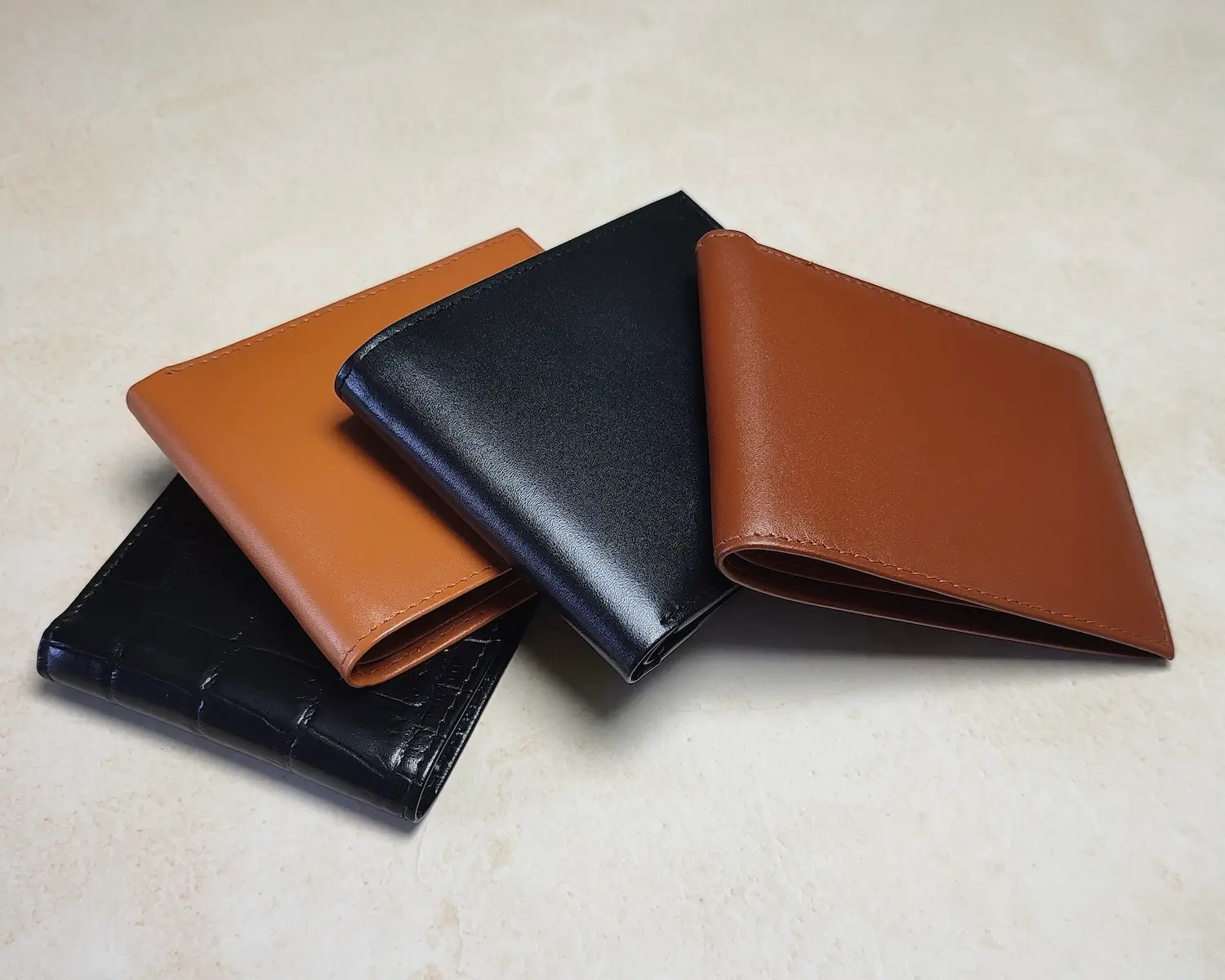Craftsmanship & Heritage
Types of Leather Explained: Usage, Features, and Buying Guide
Introduction
Leather is a timeless material, prized for its durability, versatility, and luxurious appeal. From handbags to furniture, leather products are available in countless variations, each with unique features and benefits.
Understanding the different types of leather can help you make informed decisions when purchasing high-quality products.
This guide breaks down leather types, their uses, and tips to ensure you get the best value for your investment.
Understanding Leather Grades and Categories
Leather is categorized into grades based on how the hide is processed and finished. These grades influence the quality, appearance, and durability of the final product.
Full-Grain Leather
Full-grain leather is the highest quality leather available. It’s made from the outermost layer of the hide and retains the natural grain, including imperfections like scars and wrinkles, which add character.
- Features: Extremely durable, develops a rich patina over time, and offers unmatched strength.
- Usage: Premium furniture, high-end bags, belts, and footwear.
- Benefits: Long-lasting and visually appealing due to its authentic texture.
Top-Grain Leather
Top-grain leather is slightly sanded to remove imperfections, resulting in a smoother surface. It’s the second-highest grade of leather.
- Features: Softer and more uniform than full-grain, with a polished appearance.
- Usage: Luxury handbags, wallets, and upholstery.
- Benefits: More affordable than full-grain while maintaining durability and elegance.
Genuine Leather
Genuine leather is made from the lower layers of the hide after the top layers are removed. It’s often treated and coated to mimic higher-quality leathers.
- Features: Moderately durable, with a uniform look.
- Usage: Budget-friendly belts, bags, and furniture.
- Benefits: Affordable, but less durable and natural-looking compared to full-grain and top-grain leather.
Bonded Leather
Bonded leather is made from scraps and fibers of leather bonded together with adhesive and coated with a synthetic layer.
- Features: Economical, uniform in texture, and available in various finishes.
- Usage: Low-cost furniture, book bindings, and accessories.
- Limitations: Lacks durability and tends to wear out faster than other grades.
Different Types of Leather by Animal Source
Leather also varies based on the type of animal hide used, each offering unique characteristics.
Cowhide
Cowhide is the most common leather, known for its durability and strength. It’s thick, versatile, and used in various products.
- Usage: Furniture, jackets, and automotive seats.
- Features: Long-lasting, resistant to wear, and easy to maintain.
Goat Leather
Goat leather, also called “kid leather,” is lightweight yet strong and flexible. It has a fine grain and soft texture.
- Usage: Bags, gloves, and shoes.
- Features: Water-resistant and comfortable for wearables.
Sheepskin
Sheepskin is prized for its softness and pliability. It’s often used in clothing and linings for warmth.
- Usage: Jackets, gloves, and shearling-lined boots.
- Features: Luxuriously soft but less durable than cowhide.
Buffalo Leather
Buffalo leather is rugged and thicker than cowhide, offering a more textured appearance.
- Usage: Saddles, belts, and heavy-duty bags.
- Features: Strong, durable, and ideal for rustic designs.
Exotic Leathers
Exotic leathers, such as crocodile, ostrich, and snake, are rare and highly sought after for their distinctive patterns and textures.
- Usage: Luxury handbags, wallets, and accessories.
- Features: Unique appearance but significantly more expensive.
Leather Finishes and Their Features
Leather finishes determine its appearance, feel, and performance. Here are some common finishes to consider:
Aniline Leather
Aniline leather is dyed with soluble dyes without a protective coating, retaining the hide’s natural grain and imperfections.
- Features: Soft, breathable, and luxurious.
- Usage: High-end furniture and accessories.
Semi-Aniline Leather
Semi-aniline leather is lightly coated to improve durability while preserving much of its natural appearance.
- Features: More resistant to stains and fading than aniline leather.
- Usage: Furniture, bags, and automotive interiors.
Pigmented Leather
Pigmented leather is coated with a layer of pigment for added protection, creating a uniform look.
- Features: Durable, stain-resistant, and easy to maintain.
- Usage: Furniture, car seats, and bags.
Nubuck and Suede
Nubuck is made by sanding the grain side of the leather, while suede is the underside of the hide.
- Features: Velvety texture and soft feel.
- Usage: Footwear, bags, and jackets.
Common Uses of Leather
Leather is a versatile material used across various industries, thanks to its durability, aesthetic appeal, and adaptability. Here are some of its most common applications:
Fashion and Accessories
Leather is a staple in the fashion world, offering timeless style and functionality.
- Bags: Tote bags, clutches, and backpacks crafted from leather are durable and chic.
- Belts: Leather belts add a polished touch to any outfit.
- Shoes: From formal dress shoes to casual loafers, leather footwear is both stylish and long-lasting.
- Wallets: Compact and functional, leather wallets remain a popular accessory for men and women.
Furniture and Upholstery
Leather upholstery is synonymous with luxury and comfort, making it a favorite for high-end furniture.
- Sofas and Chairs: Leather adds sophistication to living rooms and offices.
- Ottomans: Durable and easy to clean, leather ottomans are both practical and stylish.
- Decorative Accents: Leather cushions and wall hangings enhance home aesthetics.
Automotive Interiors
High-quality leather is commonly used in vehicles for its durability and premium feel.
- Seats: Leather seats offer comfort, elegance, and resistance to wear.
- Dashboard and Trim: Leather accents elevate the look of automotive interiors.
Industrial Applications
Leather’s toughness makes it ideal for heavy-duty and protective applications.
- Gloves: Used in construction and industrial settings for protection.
- Aprons: Preferred in welding and crafting industries due to heat resistance.
Features to Look for When Buying Leather
Selecting the right leather product requires attention to specific features that indicate quality and suitability for your needs.
Quality Indicators
- Grain Type: Full-grain and top-grain leathers are superior in quality and durability.
- Stitching: Even, reinforced stitching is a hallmark of well-made leather products.
- Hardware: Zippers, buckles, and other fittings should be sturdy and corrosion-resistant.
Durability and Maintenance
- Ageing: Look for leather that develops a patina, as it indicates quality and longevity.
- Resistance: Depending on the use, ensure the leather has appropriate resistance to water, stains, or wear.
Ethical and Sustainable Options
- Sourcing: Choose brands that prioritize ethically sourced leather.
- Tanning Processes: Vegetable tanning is eco-friendly compared to chrome tanning.
Tips for Choosing the Right Leather for Your Needs
Finding the right leather depends on its intended use, your budget, and personal preferences. Here are some tips to guide your decision:
Match the Leather to Its Purpose
- Everyday Use: For frequently used items like bags or shoes, choose durable options like cowhide or buffalo leather.
- Occasional Use: For decorative or luxury items, consider softer leathers like aniline or sheepskin.
Consider Budget and Quality
- High-End Products: Full-grain and exotic leathers are best for those seeking premium quality.
- Budget-Friendly Options: Genuine or bonded leather can work for those prioritizing affordability.
Understand Leather Grades
Knowing the differences between full-grain, top-grain, genuine, and bonded leather helps you set realistic expectations and find the best value for your money.
Conclusion
Leather comes in a wide range of types, finishes, and grades, each suited to different purposes and preferences. From full-grain leather’s unmatched quality to the versatility of goat leather, understanding these options ensures you make informed choices that align with your needs and budget.
Whether you’re buying a stylish leather bag, a durable sofa, or an elegant pair of shoes, selecting the right type of leather can enhance both the longevity and value of your purchase. Invest in quality leather, and enjoy its timeless appeal for years to come.
FAQs About Leather Types
-
What is the best type of leather for durability?
Full-grain leather is the most durable, retaining the natural strength of the hide. -
How can I tell if leather is genuine?
Look for natural grain patterns, a rich smell, and irregularities that indicate authenticity. Faux leather often looks overly uniform. -
What type of leather is best for furniture?
Semi-aniline or pigmented leather is ideal for furniture, offering a balance between durability and aesthetic appeal. -
Are exotic leathers worth the investment?
Exotic leathers like crocodile or ostrich are worth the cost for their unique appearance and exclusivity, though they require careful maintenance. -
How do I care for different types of leather?
Use mild cleansers, condition regularly, and avoid prolonged exposure to sunlight or moisture. Specific care varies by leather type.
FAQ : Frequently Asked Questions
Types of Leather Explained: Usage, Features, and Buying Guide
Answer:
Full-grain leather is the most durable, retaining the natural strength of the hide.
Answer:
Look for natural grain patterns, a rich smell, and irregularities that indicate authenticity. Faux leather often looks overly uniform.
Answer:
Semi-aniline or pigmented leather is ideal for furniture, offering a balance between durability and aesthetic appeal.
Answer:
Exotic leathers like crocodile or ostrich are worth the cost for their unique appearance and exclusivity, though they require careful maintenance.
Answer:
Use mild cleansers, condition regularly, and avoid prolonged exposure to sunlight or moisture. Specific care varies by leather type.


